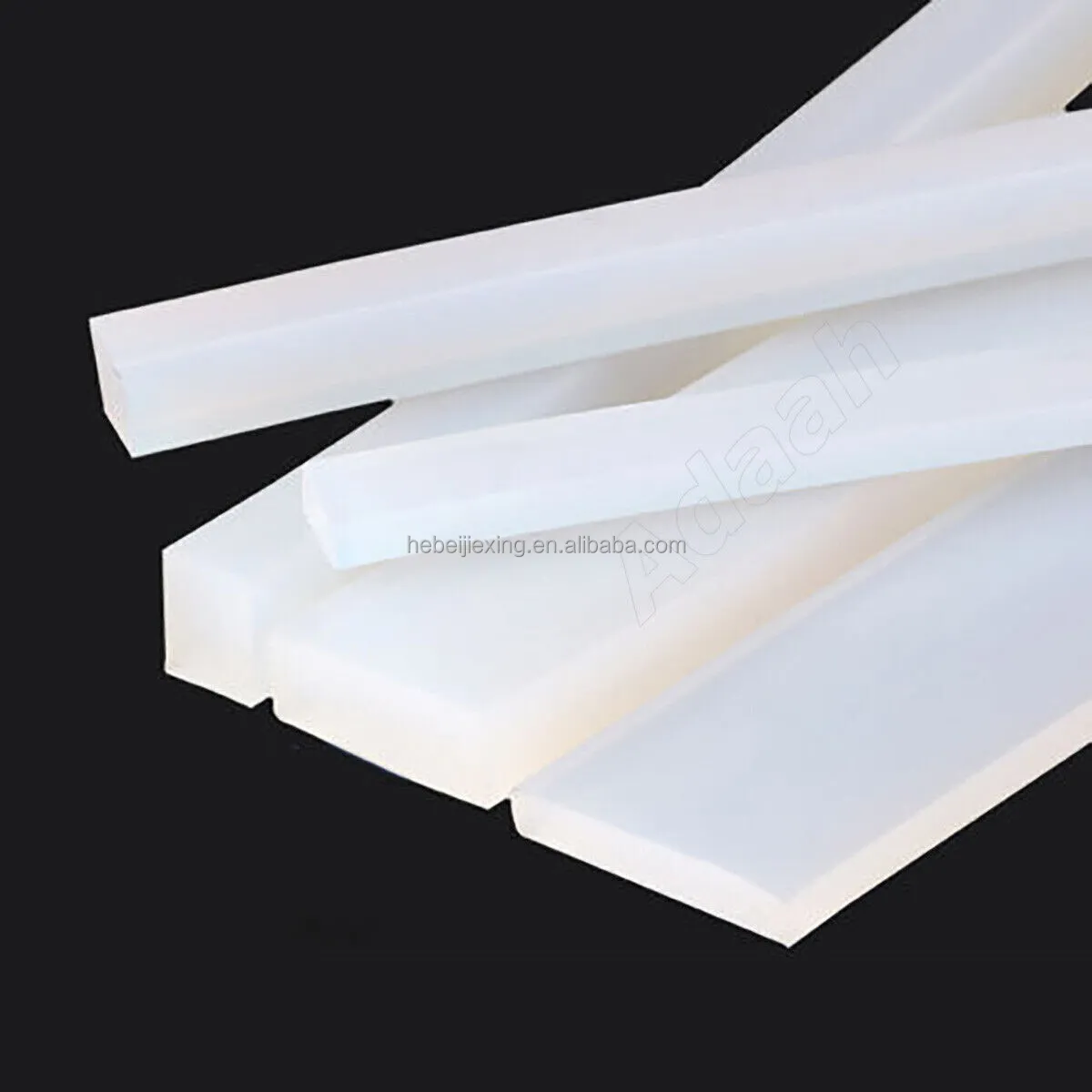Guide to Installing Weather Stripping for Improved Home Insulation and Energy Efficiency
Installing Weather Stripping A Comprehensive Guide
Weather stripping is an essential home improvement task that can significantly enhance the efficiency of your home. It seals gaps around doors and windows, preventing drafts and moisture from entering, which can lead to energy loss and increased utility bills. This article will guide you through the process of installing weather stripping, ensuring that you have a comfortable and energy-efficient living space.
Why Use Weather Stripping?
Before diving into the installation process, it’s vital to understand the benefits of weather stripping. Poorly sealed windows and doors can allow heated or cooled air to escape, making it harder for your HVAC system to maintain the desired temperature. This inefficiency can cost you money and reduce your home’s comfort level. Additionally, weather stripping helps to keep out dust, pollen, and insects while also reducing noise pollution.
Choosing the Right Weather Stripping
There are several types of weather stripping materials available, each suitable for different applications
1. Foam Tape This is a versatile and inexpensive option ideal for sealing gaps around windows and doors. It comes in various thicknesses and compresses easily to fit snugly into the space. 2. V strip (Tension Seal) This strip is made from durable materials and is perfect for sealing gaps along the sides of doors and windows. Its unique design allows it to work well on uneven surfaces.
3. Magnetic Strips These are suitable for sealing doors that require a strong seal. Often used on refrigerator doors, magnetic strips can also be used for exterior doors.
4. Door Sweeps These are installed at the bottom of doors to prevent drafts and moisture from entering. They can be attached to the door with screws or adhesive.
5. Caulk While not technically a weather stripping material, caulk can be used in conjunction with weather stripping to seal larger gaps around windows and doors.
Tools and Materials Needed
installing weather stripping

To successfully install weather stripping, gather the following tools and materials
- Weather stripping material of your choice - Measuring tape - Utility knife or scissors - Straight edge - Clean cloth - Adhesive (if required) - Caulk gun (if using caulk)
Step-by-Step Installation Guide
1. Measure the Gaps Start by measuring the gaps around your doors and windows. This will help you determine how much weather stripping you need. It’s essential to measure accurately, as any excess material can lead to wasted resources.
2. Clean the Surface Thoroughly clean the areas where you plan to apply the weather stripping. Remove any dirt, dust, or old sealing materials to ensure a strong bond. Use a clean cloth and an appropriate cleaner to prepare the surface.
3. Cut the Weather Stripping Based on your measurements, cut the weather stripping material to the appropriate lengths. If you are using adhesive weather stripping, remove the backing as you cut to avoid contamination.
4. Install the Weather Stripping - For foam tape Press it firmly into place, ensuring that it fits snugly against the surface. - For V strips Position the strip in the gap and press it down to secure it. - For magnetic strips Align the strip with the doorframe and press it into place, making sure the magnets engage properly. - For door sweeps Attach the sweep to the bottom of the door, ensuring it makes contact with the floor when the door is closed.
5. Caulk if Necessary If there are large gaps that weather stripping cannot adequately seal, apply caulk around the edges of windows and doors for added insulation.
6. Test the Seal After installation, test the seals by trying to pass your hand along the edges of the doors and windows. You should feel a tight seal without any drafts.
Conclusion
Installing weather stripping is a straightforward yet highly effective way to enhance your home's insulation and efficiency. By carefully selecting the right material, measuring correctly, and following a step-by-step approach, you can create a comfortable indoor environment while saving on energy bills. This simple home improvement project not only benefits your wallet but also contributes to a more sustainable living space. So gather your tools, choose your weather stripping, and get started on making your home more energy-efficient today!
-
Silicone Seal Strip: The Ultimate Solution for Your Sealing NeedNewsNov.01,2024
-
Keep the Heat: The Importance of Seal for Oven DoorsNewsNov.01,2024
-
Essential Guide to Corner Protectors for Your FurnitureNewsNov.01,2024
-
Enhance Your Home with Silicone SolutionsNewsNov.01,2024
-
Efficient Maintenance of Melamine Sealing StripsNewsNov.01,2024
-
Comparison of Different Edge Sealing ProcessesNewsNov.01,2024
-
Types of Door Bottom Seal Strips and Their Best UsesNewsOct.25,2024